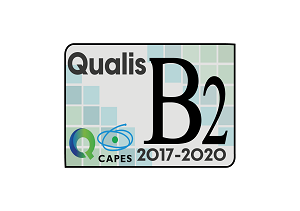Use of dry biomass of water hyacinth (Eichornia crassipes) for The removal of heavy metals from contaminated solutions
Keywords:
Phytoremediation, Water contaminated, Heavy metals, Water hyacinth (Eichhornia crassipes)Abstract
phytoremediation shows itself as a breakthrough in biotechnology for the treatment of soil and water, which has been suffering from anthropogenic aggression. The objective of this study was to evaluate the efficacy of the Eichornia crassipes biomass in the adsorption of Cu, Zn and Pb from solutions prepared with standards of these metals after nitroperchloric digestion in the dry biomass and determination of the contents of these metals by absorption spectrometry atomic, flame mode. There was significant removal by dry mass in the different treatments, concluding that it is excellent material for the removal, in small and large scale, of water bodies contaminated with heavy metals.









